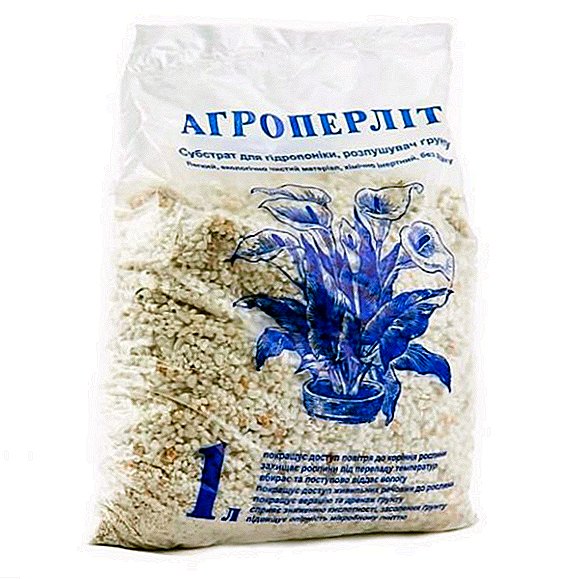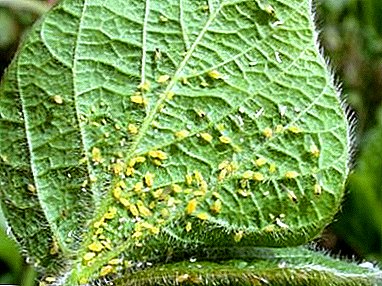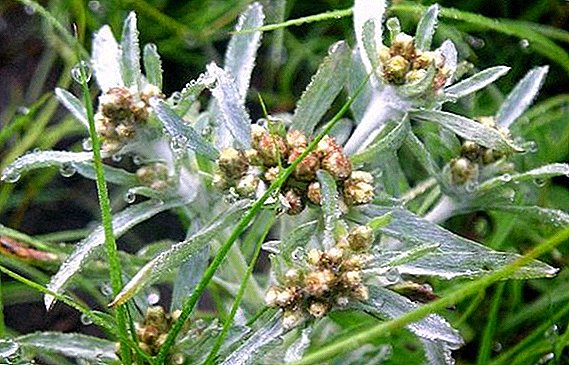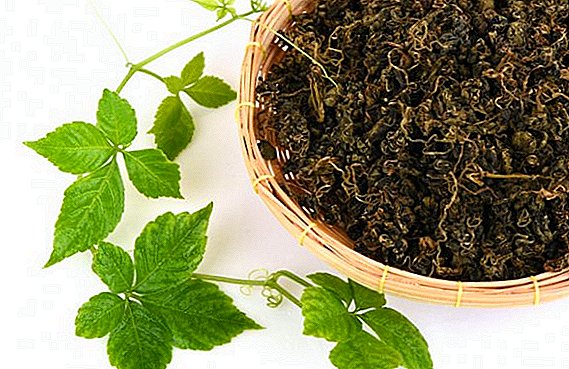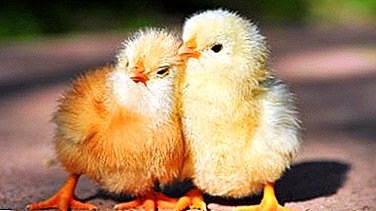
Avian spirochetosis is a dangerous disease caused by spirochetes. Its main carrier are ticks. All types of poultry are susceptible to the disease.
Avian spirochetosis is a contagious disease. Ticks that carry the infection live on trees, rocks and even in deserts. Spirochetosis is characterized by paresis of the legs and fever.
Chickens, ducks, turkeys, guinea fowls and geese are susceptible to the causative agent of the disease. Wild birds are also often infected: ravens, wild pigeons, sparrows, starlings and canaries. Young people suffer most from spirochetosis.
What is spirochetosis in birds?
 Spirochetosis was discovered in 1903 in South Africa.
Spirochetosis was discovered in 1903 in South Africa.
Today, the disease is widespread throughout the world, especially in warm countries.
Thus, the disease was reported in America, Africa, Europe, as well as in the North Caucasus.
Sometimes spirochetosis acquires the character of a devastating epizootic. In this case, the mortality rate reaches 90%, which causes significant economic damage to poultry farms.
Pathogens
 The causative agent of the disease acts bird spirochetewhich actively reproduces in the blood of infected birds.
The causative agent of the disease acts bird spirochetewhich actively reproduces in the blood of infected birds.
Spirochetes are rather long and thin. They twist on the corkscrew principle. The blood of sick chickens, ducks and geese often infect crows, pigeons and other wild birds.
They often become carriers of invasion. Spirochetes for a long time are preserved in the corpses of birds and embryos, which also become a source of infection.
Argasi pincers are carriers of spirochetosis.. They live in premises where birds are kept. If the tick is saturated with infected blood, it can infect susceptible individuals for a long time. It is known that all stages of ticks can cause spirochetosis.
Reproduction of pathogenic organisms occurs only at temperatures above + 15 ° C. For this reason, outbreaks of the disease especially occur during heat waves.
Course and symptoms
 When spirochetosis incubation period is 4-7 days.
When spirochetosis incubation period is 4-7 days.
The very first signs of the disease are considered:
- increase in body temperature to 42 C;
- diarrhea;
- loss of appetite;
- lethargy;
- drowsiness;
- intense thirst;
- reduction or cessation of egg production;
- significant weight loss;
- anemia of the mucous membranes.
Spirochetes enter the bloodstream after being bitten by a tick. As a result, active reproduction of parasites occurs. Because of this, begins the destruction of red blood cells and an increase in the number of leukocytes.
All this can eventually lead to nervous breakdown and death. So, death often occurs at 4-7 days after the onset of the main symptoms.
In some cases, the disease takes a long time. At the same time the paralysis is noted. Death occurs in 2 weeks. Most often die chickens.
Sometimes the condition of the birds improves for a while. However, later all signs of spirochetosis return, and the bird dies due to weakness or paralysis.
In fallen birds, earrings and a comb acquire a pale yellow or brown tint. At autopsy, a significant increase in the liver, necrotic nodules on the spleen and hemorrhages.
As a rule, spirochetosis outbreaks occur in the period from April to October. Birds that have recovered remain immune to the causative agent for a long time.
Diagnostics
 For an accurate diagnosis must be considered clinical signs and epizootological data.
For an accurate diagnosis must be considered clinical signs and epizootological data.
In addition, a study of blood, liver, or bone marrow smears is underway.
In the study of blood is often used method Burri. To do this, take a drop of blood from the comb, and put it on the glass. Then add the same drop of carcass.
After mixing and drying, the smear is carefully examined under a microscope. White spirochetes are clearly visible on a dark background, so this method is very popular.
To exclude the possibility of other diseases, bacteriological research is carried out. A differentiation of spirochetosis from tuberculosis, toxoplasmosis, pasteurellosis, paratyphoid fever and helminth diseases is necessary. Disease should also be distinguished from plague and pseudo-pills.
 Ga Dong Tao is a fighting breed of chickens. Only the appearance speaks for itself ...
Ga Dong Tao is a fighting breed of chickens. Only the appearance speaks for itself ...All the necessary materials for waterproofing the basement you can see here: //selo.guru/stroitelstvo/gidroizolyatsiy/podval-iznutri.html.
At necropsy of birds infected with spirochetosis, there is an increase in the spleen and liver. There are quite a few dead spots on these organs.
Also, there is contamination of feathers with droppings near the cloaca and severe exhaustion. In the subcutaneous tissue, there is stagnation of blood, and on the epicardium and intestinal mucosa there are many point hemorrhages.
Treatment
 Spirochetosis is successfully treated with the use of arsenic drugs.
Spirochetosis is successfully treated with the use of arsenic drugs.
For example, it may be atoxyl. For 1 kg of bird weight, 0.1 g of aqueous solution is sufficient. Novarsenol is also often used, which is given at the rate of 0.03 g per 1 kg.
These drugs are administered only intramuscularly. Already on the next day the effect is noticeable. Spirochetes gradually disappear from the blood, and the bird feels much better. The above drugs can cure even severe forms of the disease.
Owners of some poultry farms prefer to destroy infected individuals. In this case, slaughter can be done only in those places where there is no healthy birds.
With serious pathological changes and severe exhaustion must dispose of the whole carcass. If no changes are found in the muscles, the carcass can be released.
In this case, only internal organs are recycled. During illness, chicken eggs are used exclusively for food purposes, since they are unsuitable for incubation.
Prevention and control measures
 In spirochetosis, all preventive measures should be directed to destruction of ticks in the premises where the birds are kept.
In spirochetosis, all preventive measures should be directed to destruction of ticks in the premises where the birds are kept.
Carriers usually accumulate in crevices, so they need to be carefully lubricated with kerosene, creolin solution, or another disinfectant.
If it is planned to transfer the birds to the room where the spirochetosis has already been detected, it is necessary to carry out a set of measures to destroy ticks. When transporting it is necessary to ensure that, together with the boxes, do not carry parasites.
If you find corpses or sick birds, you should pay attention to the presence of ticks. In any case, it is worth sending the carcass to the laboratory for thorough research. Such a cautious approach will help avoid the spread of spirochetosis.


